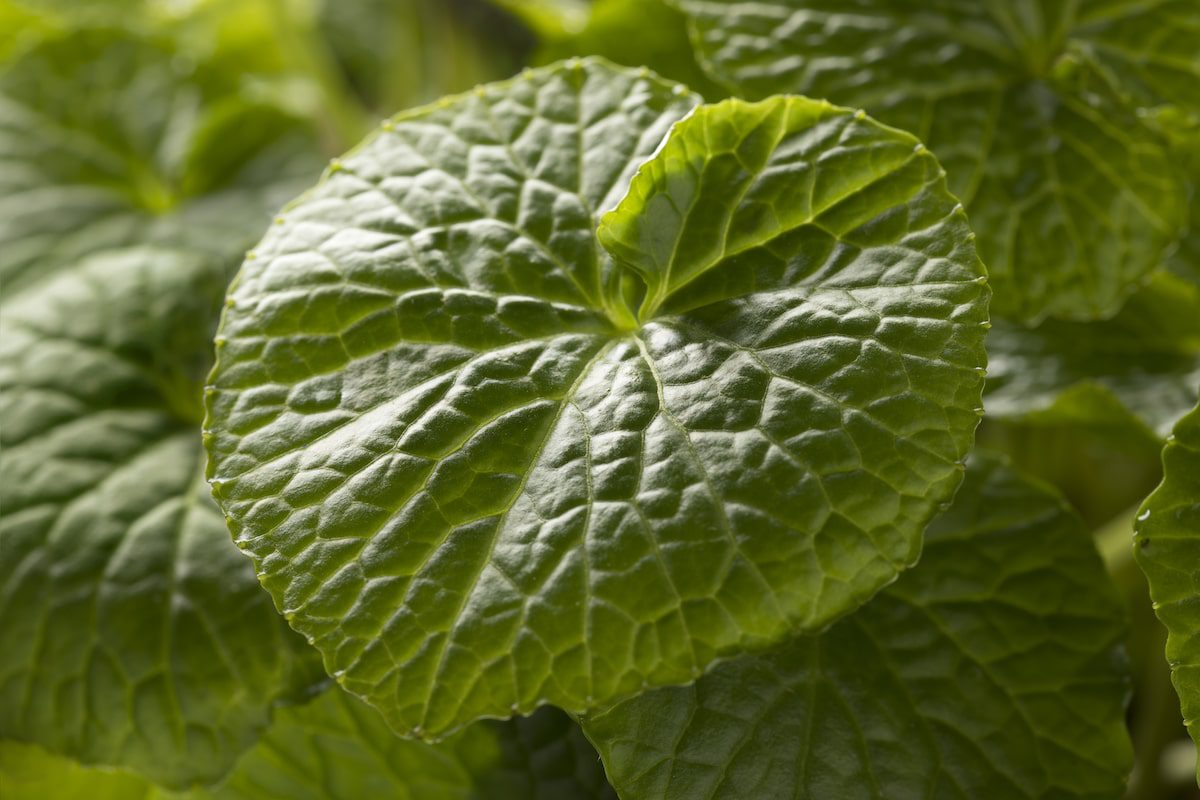One Of Japan’s most famous exports, Wasabi, is a Japanese horseradish of sorts, a perfect accompaniment to sushi, nuts, or other savory dishes. If you are a fan of spicy foods, it is the perfect ingredient due to its strong and intense flavor.
It is used in restaurants across the globe; however, it is widely believed that restaurants dilute the flavor a little with regular mustard because the original flavor is so strong. Home cooks also love to use Wasabi as it can add a real kick to their dishes.
Brave plant growers often attempt to grow some wasabi themselves; however, Wasabi is commonly seen as one of the most difficult plants to cultivate and develop properly, taking over a year to mature and being open to a range of infections and diseases. If you are considering growing some wasabi yourself, you will need to have the right level of water, the right temperature, and the right humidity to grow it successfully.
What this article looks to do is provide you with the best way to grow Wasabi effectively while also discussing the possible risks and frequently asked questions too.
Table of Contents
The Basics
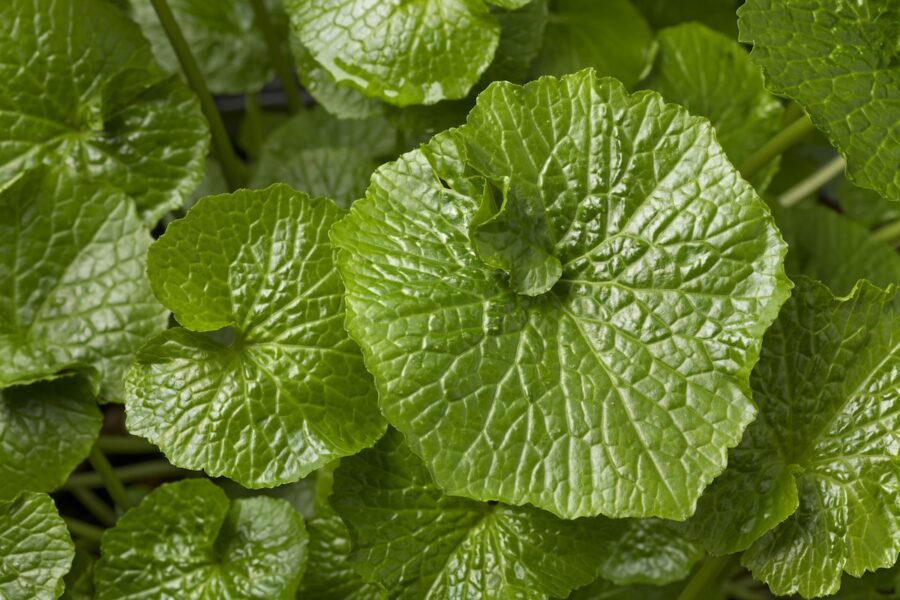
Here is a bulleted list of some of the basics surrounding wasabi farming:
- It is always best if you have some sort of greenhouse or growing room because you will only get the best results if you have optimal growing temperatures and conditions.
- Wasabi grows best in temperatures ranging from 7-24 degrees Celsius. It will not take well to large fluctuations, so be sure to keep the temperature in your growing room or greenhouse at a moderate level.
- Look to grow the plant in a well-shaded area because the Wasabi grows naturally on forest floors. If you are unable to plant the Wasabi under a tree, then look to use a tarp or a sheet to create artificial shade.
- In terms of your soil, look to have it at a pH of between 6 and 7. This will give the Wasabi the best conditions in which to sprout.
- Plant your Wasabi in the winter so that they have a couple of weeks to establish root systems.
- The night before you plant your seeds, soak them in a bowl of water so that they will germinate much easier.
Growing and Harvesting
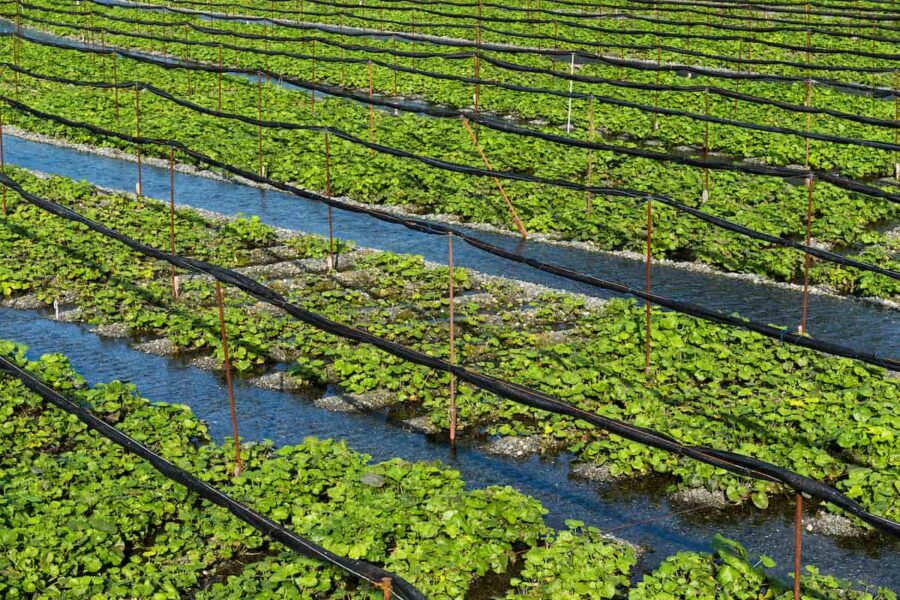
When growing your Wasabi, you will not always need a specifically manufactured greenhouse system. If the weather conditions, wherever you are, are between 7-24 degrees C at all times, then you can grow them naturally as long as there is not too much direct sunlight. One important thing to note is that you should mist your plant instead of watering it, because overwatering can lead to root rot or other diseases that can spread quickly. Similarly, whilst the Wasabi is growing, weeds will likely grow along with it, so it is important to weed the plant every day or every second day.
All parts of the Wasabi are edible, too, from the stem to the rhizomes, to the leaves and petals. The rhizome can grow to be 7-9 inches long when harvesting and is where the plant stores many of its nutrients.
Propagating the plant is straightforward. Little plantlets will form around the crown of the plants, which break off when the Wasabi is harvested and then replant. This can only be done for a few years because of the diseases that wet conditions can cause. Because the plants require such a specialized environment to grow in, it is not possible to use crop rotation to prevent the disease from infecting both the mother plants and the plantlets.
Germination of the plant takes about eight weeks, and ideally, the temperature for growing is around 9-10 degrees C, or 40 degrees F. This is because the wasabi seeds need cold stratification to germinate properly. Seedpods are ready for harvest 50 to 60 days after the plants have finished blooming.
When it comes to harvesting wasabi, you will need to be patient. Wasabi is not harvested until its second year of growth. The stems should be about 5-6 inches long and a couple of inches wide. Since the wasabi plant is so delicate, you should look to harvest carefully by hand. The most common method for harvesting is:
- Pull the plant from the ground and wash the excess soil away
- Any dead leaves or roots that adhere to the stem are removed.
- If harvested correctly, small plantlets surrounding the crown will break off and replant for the next year.
- Most importantly, when you have harvested the Wasabi, you need to keep it in a humid environment. If not kept somewhere humid, it will likely dry out and die. This will offset all of the hard work that you have put in.
Pests and Diseases
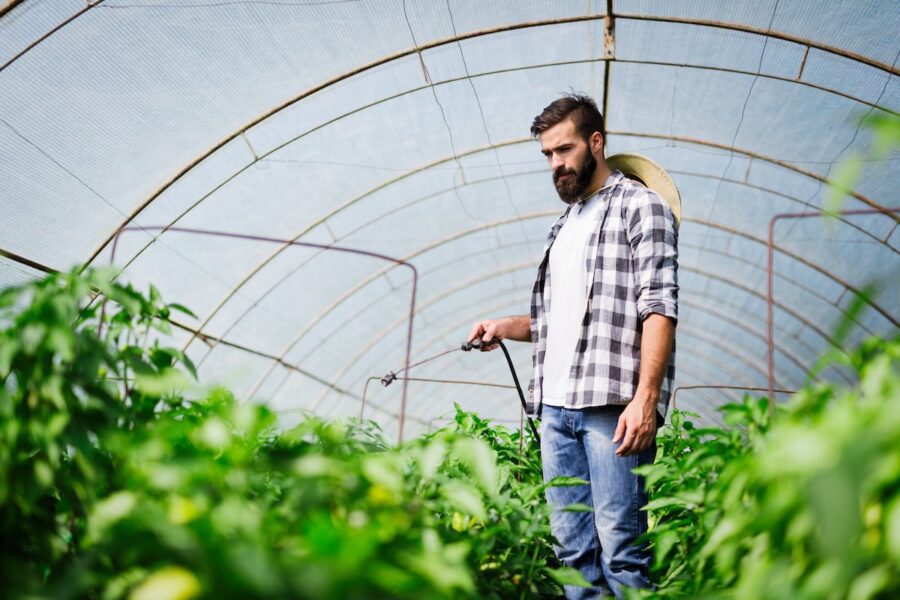
With Wasabi being one of the most temperamental and difficult to grow plants, it will be susceptible to pests ad disease. It is a member of the Brassica family, which leaves it open to diseases like aphids, looper larva, cranefly larva, and slugs. As is the case with many pests and diseases, the key to defense is maintaining cool temperatures. If you feel that your plant has a disease, then be sure to move it away from other plants, or it will likely spread onto other plants. Certain sprays like copper spray are great for getting rid of any fungal issues as well.
FAQ’s
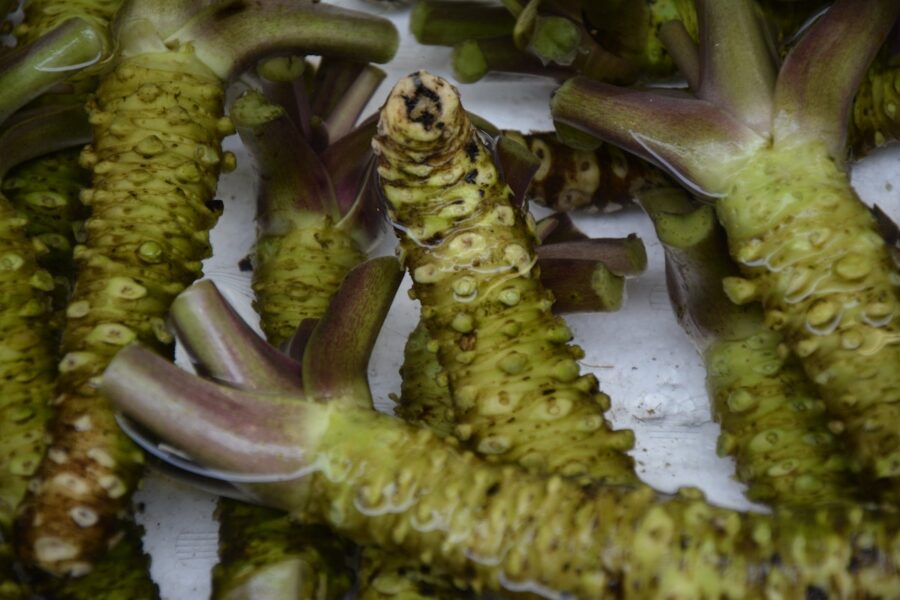
Regular hot and spicy Wasabi is used in sushi and is known to be very strong. It is not as hot as the horseradish that it is closely related to, but it is still strong.
Grown with its roots in water, Wasabi is closely aligned with the horseradish and is related to the watercress. It has a similar kick to it and is not as strong in flavor.
Cultivated and made in Japan, the wasabi plant is a part of the Cruciferae family and is relative to cabbage, horseradish, and cauliflower.
Typically October or November is seen to be the best time to plant wasabi seeds because then they have the winter to grow. Be sure to soak the seeds in water overnight before you plant them.
Wasabi is a highly temperamental plant to grow and is seen to be one of the most challenging plants to work with overall. If grown in the right environment, it can take 18-24 months to grow. However, Wasabi can be susceptible to disease, so it is best to be careful when growing it.
Since it is so difficult to grow and yet so famous, Wasabi can be costly to produce, often costing farmers thousands to grow. On top of that, the plant can take at least a year to grow, so one must be patient with it.
Any slugs around your wasabi plant and the leaves that they are eating should be removed. If your plant is well established and growing well, it will be okay; just be sure to keep the soil moist and feed with compost and plant food to give it back any nutrients that it may have lost.

